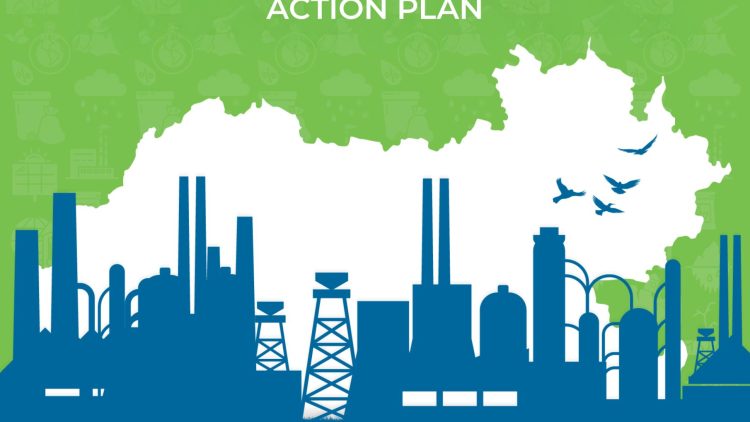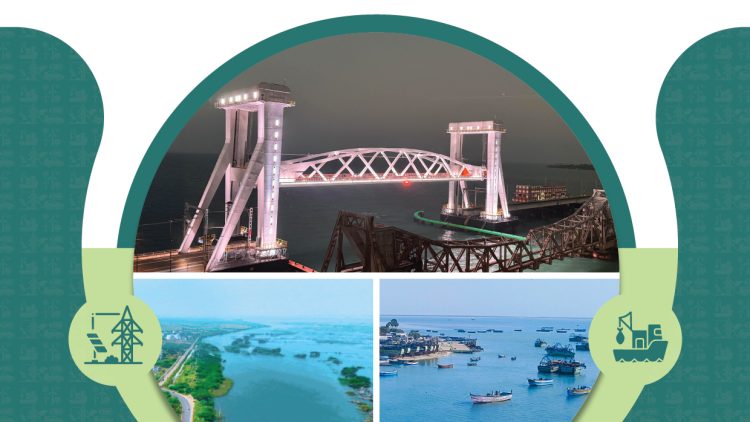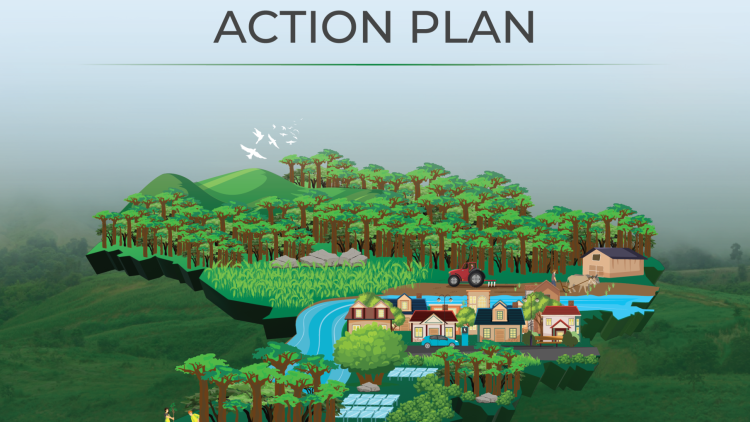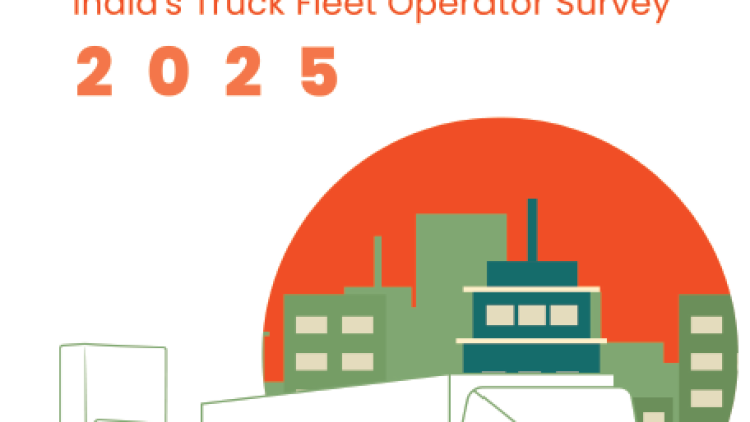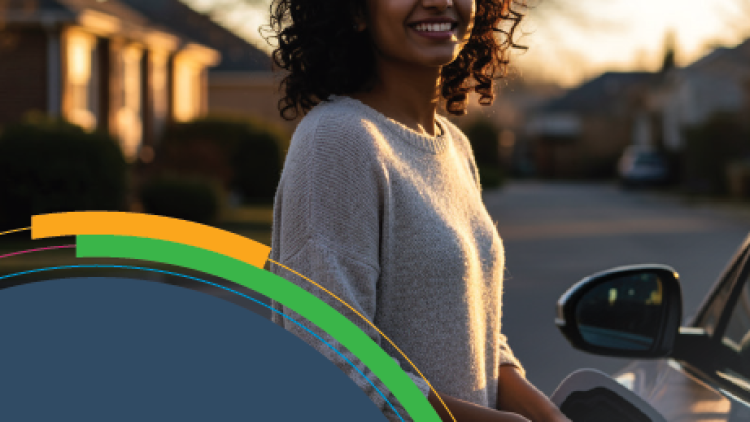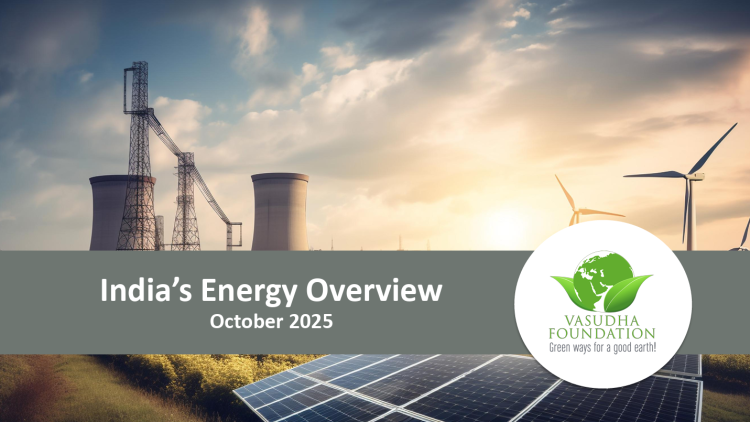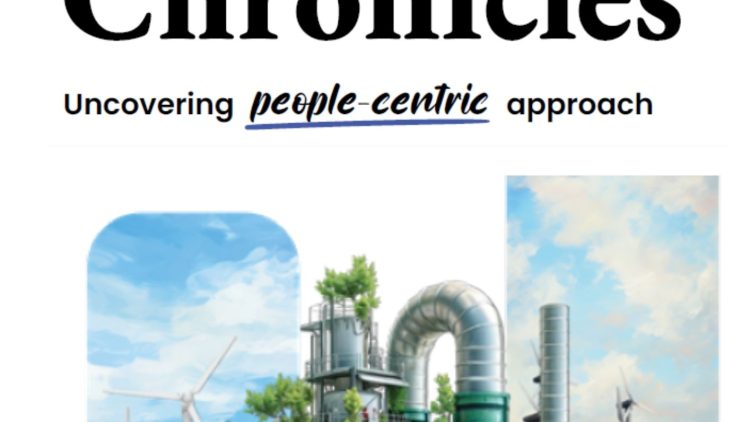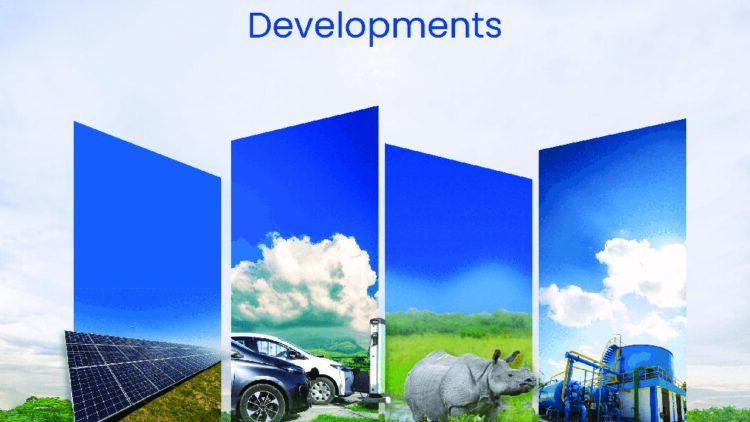Virudhunagar, located in the southwest region of Tamil Nadu and home to 21.5 lakh people, is a major hub of industrial activity. The district hosts key cement manufacturing units in Alangulam and Thulukkapatti and a strong textile industry...
MoreRamanathapuram District Decarbonisation Action Plan
Ramanathapuram, a coastal district in south-eastern Tamil Nadu, spans 4,069 sq. km and is home to about 13.5 lakh people (Census 2011). Defined by its 276 km coastline, vibrant fishing economy, heritage and pilgrimage tourism, and rich coastal...
MoreThe Nilgiris District Decarbonisation Action Plan
The Nilgiris district, part of the Nilgiris Biosphere Reserve in the Western Ghats, is rich in biodiversity and home to a wide range of exotic and endangered flora and fauna. The region is renowned for its tea, spices, and a diverse mix of...
MoreCoimbatore District Decarbonisation Action Plan
Coimbatore has been identified as one of the key districts for targeted decarbonisation efforts. By embracing Tamil Nadu’s renewable energy initiatives and integrating sustainable practices, the district can significantly contribute to the...
MoreInsights and Recommendations-India’s Truck Fleet Operator Survey
The white paper presents one of the most comprehensive assessments of the trucking ecosystem’s readiness for a zero-emission transition. As India advances toward its clean mobility goals, the survey captures insights directly from fleet operators...
MoreThe EV Opportunity: Unlocking Gender-Inclusivity in India’s Mobility Sector
The report examines how India’s EV transition presents a transformative opportunity to mainstream gender equality in the historically male-dominated automobile industry. While technological shifts have made EV roles more accessible to...
MoreIndia’s Energy Overview
Capturing Monthly/Yearly Data and Analysis of Key Areas of India’s Energy Sector – Primary Energy Mix in India; Per-Capita Energy and Electricity Consumption; India’s Electricity Capacity Mix (Utility-scale); India’s Electricity...
MoreTransition Chronicles: Uncovering People-centric Approach
Transition Chronicles captures the people’s side of India’s energy transition, spotlighting the financial, social, and institutional mechanisms needed to make it equitable and inclusive. Through sectoral insights on MSMEs, ICE to EV...
MoreDecarbonising Assam – Trends, Policies and Recent Developments
Assam’s economy-wide GHG emissions experienced notable shifts between 2011 and 2018. The grossGHG emissions grew from 28 to 33 Mt CO2e during this period. The energy sector saw the highestabsolute growth, with emissions increasing ~90 percent...
MoreDecarbonising Madhya Pradesh – Trends, Policies and Recent Developments
Why Decarbonisation Matters for Madhya Pradesh? Madhya Pradesh faces increasing vulnerability to climate change, evident in the rising frequencyof extreme weather events such as flooding, untimely rains, droughts and heatwaves. As a predominantly...
MoreElectrifying the Textile Industry
Summary of the report includes:› A Landscape assessment of the textile sector in India to understand the key textile energy consumption trends, processes and geographies.› Wet processes, particularly dyeing, drying, and stentering, are key...
MoreMobilising Just Transition Finance Towards India’s Sustainable Net Zero Future
Countries world over have recognised the risks of global warming and are committing to transition towards a sustainable, net-zero future. India too has adopted the target of achieving net carbon emissions by 2070 and is progressively undertaking...
More



